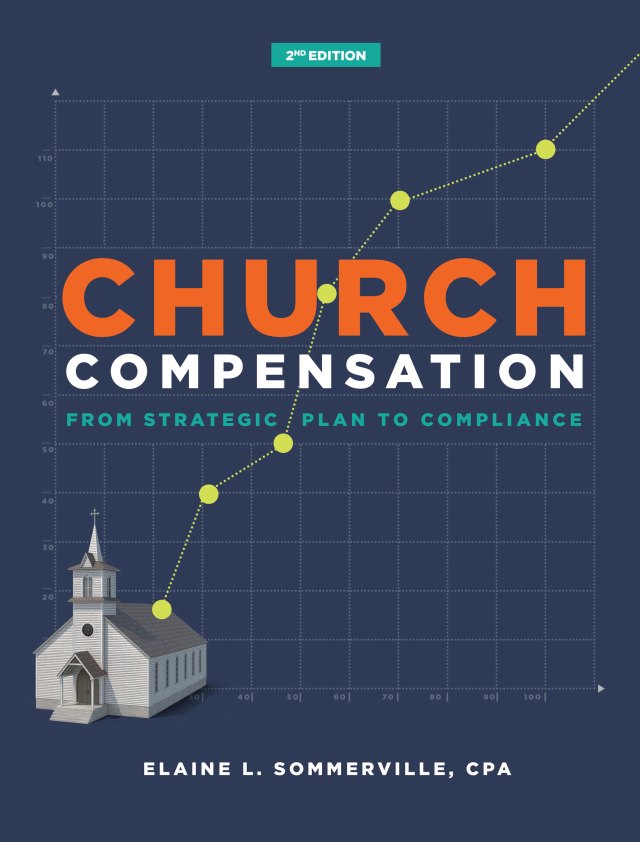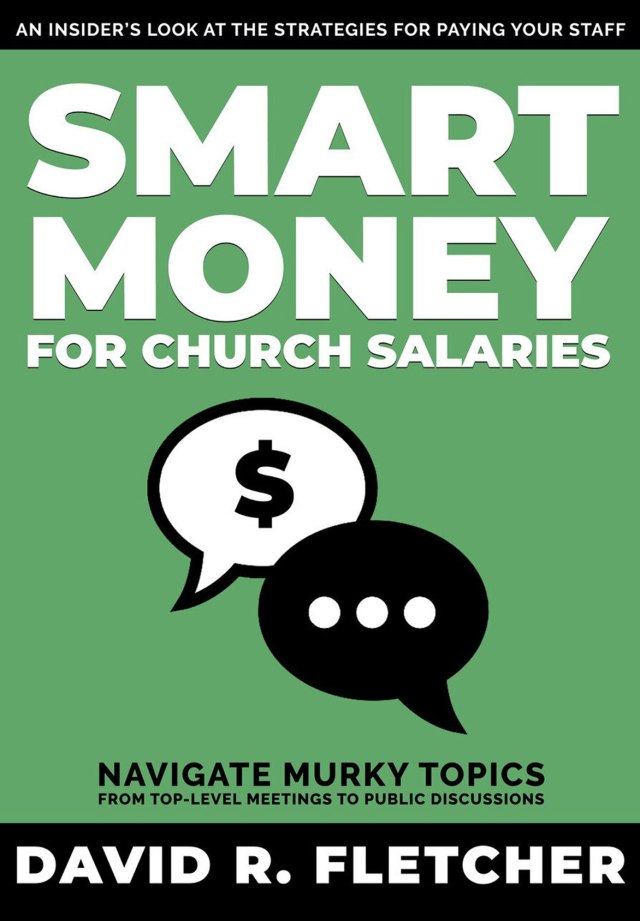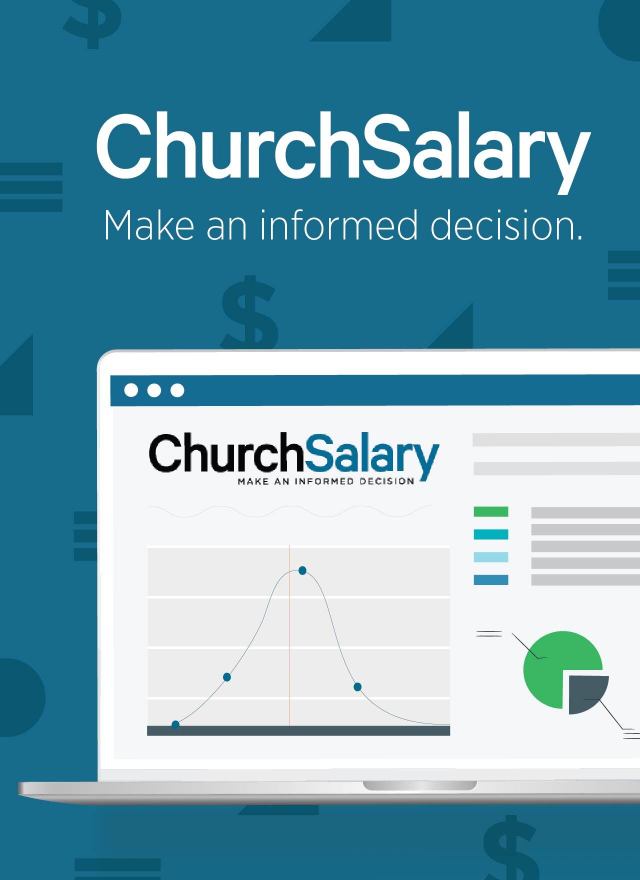With the passage of the Affordable Care Act in 2010, the vast majority of Americans now have access to healthcare. This positive news, however, is offset by higher premiums, prescription prices, deductibles, and copays. As health-care costs continue to climb, churches are left with difficult choices to make regarding the health insurance benefits they offer to pastors and staff.
Lynn Carr, church administrator for Southview Community Church in northern Virginia, called the increase on their group health plan “crippling.”
Southview, with four members on staff, had used a health reimbursement arrangement (HRA) plan that was self-administered. But cost increases and regulations led to some changes.
“When the church’s group health plan expired midyear 2015, we did not renew,” Carr said, “and we dissolved the accompanying HRA plan.”
To reduce any negative effects of the rising costs, “the church increased salaries in 2016 to allow staff members and their families to purchase their own health insurance,” said Carr. The move has proved effective.
“Since we replaced the expense of insurance with staff salary increases,” said Carr, “the church budget and mission have not been affected by dropping our group health plan.”
EvFree Fullerton in Fullerton, California, has also experienced recent changes in insurance costs, but the church didn’t alter employee benefits even in the midst of rising costs.
“While we always welcome decreases, we don’t want to trim the benefits that our employees receive,” said David Fletcher, EvFree’s executive pastor. “There are always ‘cheaper’ plans out there, but these tend to be more expensive for our employees in the long run.”
Ohio’s multisite Fairhaven Church chose another option: seeing the sharing of costs with employees as a challenge to approach together. “As we began to navigate the Affordable Care Act implementation and [seek] the advice of our benefit agent … we knew that we needed to position ourselves a little bit different[ly] in the medical health insurance arena,” said Ryan Adams, operations director at Fairhaven’s Centerville (OH) campus.
Fairhaven shifted from a preferred provider organization (PPO) model to a health savings account (HSA) model in an attempt to “share some of the ownership and responsibility with the staff,” Adams said.
“Under the HSA model, the idea was that as the climate and the situation of health insurance and medical care is changing … we could potentially go at it together rather than just looking at the church as the sole answer to providing that benefit,” Adams said.
He recognizes this shared ownership requires a greater financial responsibility on the part of the employees, such as higher deductibles and out-of-pocket expenses. But for the long term, he still sees the transition as ultimately beneficial for all involved.
“As an organization, we recognize that often our employees have made financial sacrifices to be a part of the staff team,” he said. “Increasing their ownership of healthcare costs, in many situations, would be an unmanageable scenario. As a result, when we transitioned to a high deductible plan, we made the decision to give the majority of our cost savings back to the employees through an HSA account. This equipped them with the resources to be able to offset the increased ownership of healthcare costs.”
The HSA model included a wellness program with the church’s contribution to the staff’s HSA “contingent on them completing certain aspects of [it],” according to Adams.
“It encourages healthy living and staying on top and taking ownership of your health,” he said. “But it also helps to manage the risk of our group, because the more that we can be a healthy group, the better underwriting risk we are for an insurance company.”
The wellness program largely depends on well-visits to a doctor, which “ensures that they’re having conversations with their doctor, that they’re meeting with them, [and] they’re following through on some of those health concerns or issues they might be having,” said Adams.
The church also provided its staff with other resources, such as a medical cost estimator and access to the medical network Teladoc—a phone or videoconferencing service that provides nonemergency medical assistance. Teladoc “doesn’t go through [staff members’] insurance underwriting, so they don’t have to pay all the out-of-pocket doctor bills for physically going to see the doctor,” Adams said.
The key to navigating costs, models, and plans, stressed Adams, is trust in God’s provision.
In 2014, “our budget was such that we couldn’t afford to continue [funding HSA contributions at the same rate],” Adams said. “But at the end of the year, the Lord provided a really strong finish to the year, and we were able to go back to the staff and reinstitute the full HSA, which was a huge blessing, a huge encouragement, as they didn’t have to bear that financial burden.”



